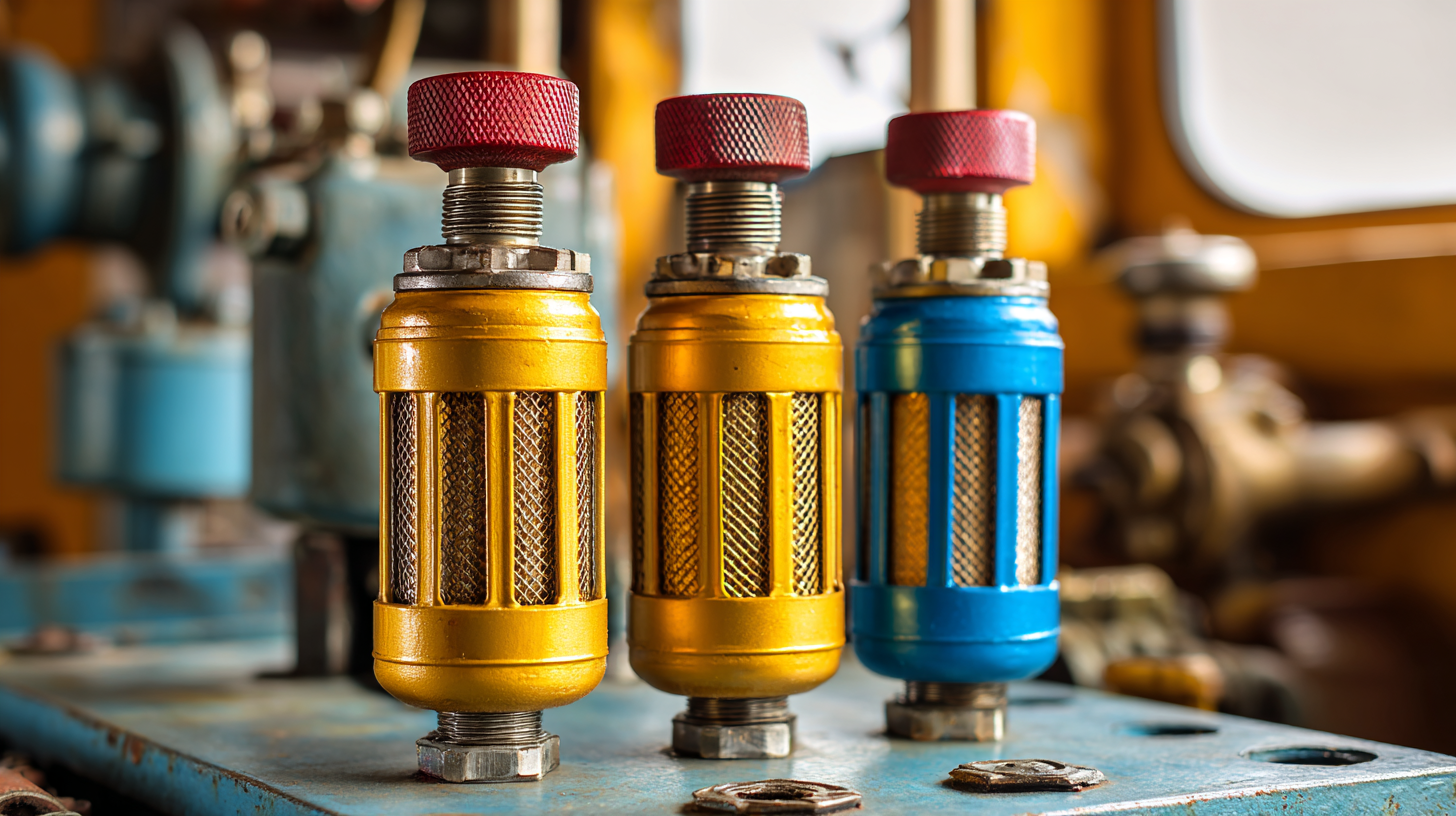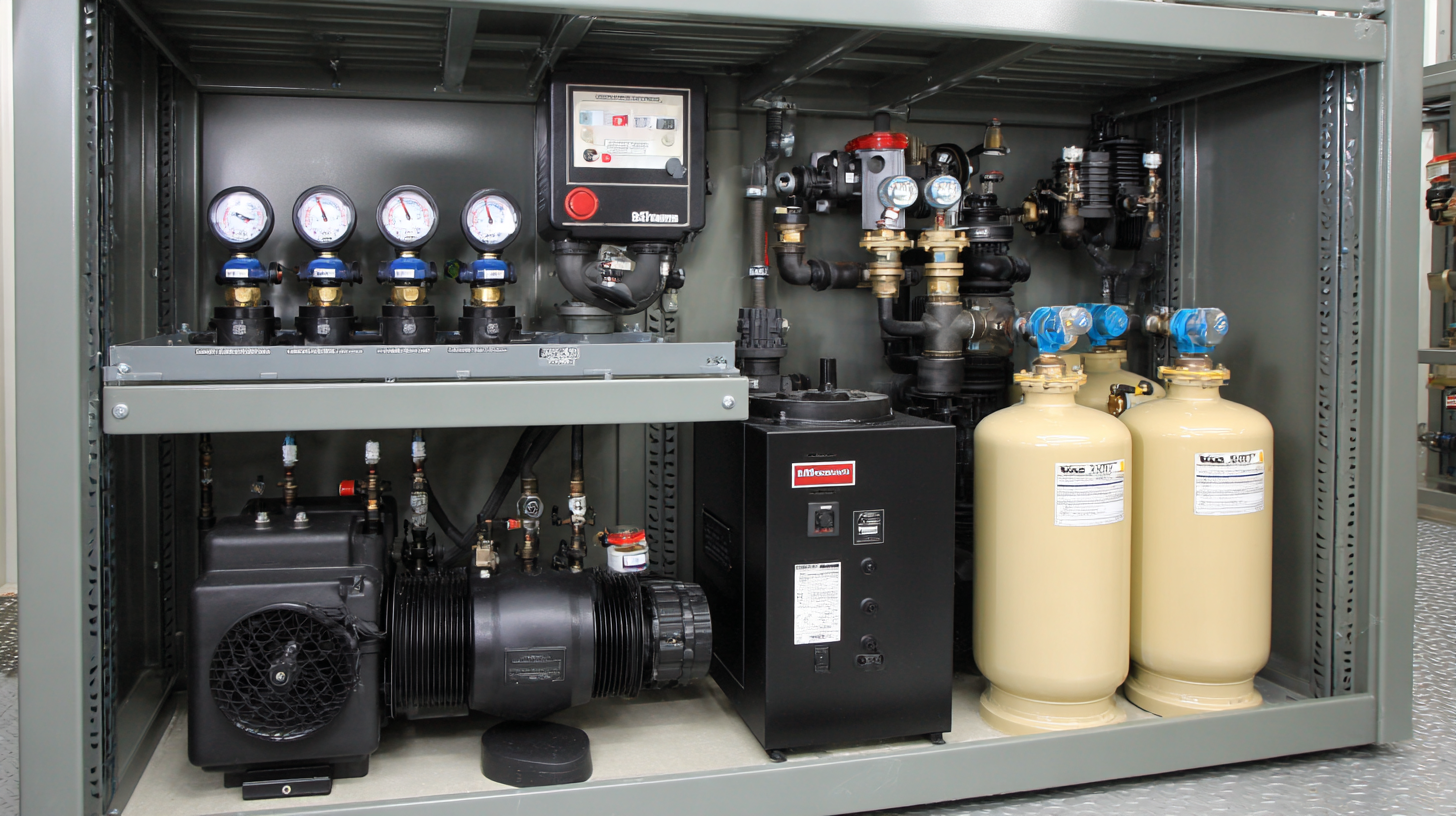




When it comes to ensuring optimal performance and longevity of air compressor systems, selecting the right Air Compressor Filter Dryer is critical. According to a recent industry report by the Compressed Air & Gas Institute, improper filtration can lead to significant energy losses of up to 30%, while poorly maintained systems can experience reduced efficiency and increased operational costs. With the growing demand for compressed air solutions in various sectors, it is essential to comprehend the pivotal role of filter dryers in minimizing moisture and contaminants that can wreak havoc on pneumatic equipment. This checklist aims to provide key insights and considerations for selecting an Air Compressor Filter Dryer that meets the specific needs of your operations, enabling enhanced productivity and cost savings.

When selecting an air compressor filter dryer, several key factors must be considered to ensure optimal performance and longevity of your system. First and foremost, the capacity of the dryer needs to match the output of your air compressor. Assessing the flow rate in cubic feet per minute (CFM) is crucial; a dryer that cannot handle the compressor's output will lead to inefficiencies and potential damage. Additionally, consider the type of application—whether industrial, automotive, or small-scale workshops—as this will influence the requirements for moisture and particulate removal.
Another important factor is the specific moisture elimination requirements. Different environments can lead to varying moisture levels in compressed air, and choosing a dryer with the right type of desiccant or cooling method is essential. Options range from refrigerated dryers to desiccant dryers, each suited to specific humidity levels and temperatures. It's also important to factor in energy efficiency and maintenance needs, as these will impact the long-term operational costs of your air compressor system. By carefully evaluating these elements, you can select a filter dryer that enhances performance and extends the lifespan of your equipment.

When selecting an air compressor filter dryer, it's crucial to understand the different types available on the market. Each type serves a unique purpose and is tailored to specific applications. The most common options include refrigerated dryers, desiccant dryers, and membrane dryers.
Refrigerated dryers cool the compressed air, causing moisture to condense and drain away, making them ideal for general-purpose use in workshops and manufacturing environments.
Desiccant dryers, on the other hand, are perfect for applications requiring ultra-dry air, as they use desiccant material to absorb moisture. They operate in cycles, with one chamber drying air while another is being regenerated.
This makes them a suitable choice for industries where moisture can lead to severe equipment damage.
Membrane dryers utilize selectively permeable membranes to separate moisture from the air, making them ideal for small air needs with lower flow rates. By understanding these types, you can better align your choice of dryer with your operational requirements, ensuring efficient and reliable performance from your air compressor system.
When selecting an air compressor filter dryer, understanding performance metrics and specifications is crucial to ensuring optimal operation. One primary metric to consider is the filtration efficiency, usually expressed as a percentage. A high filtration efficiency rating indicates that the filter can effectively remove particulates and moisture from compressed air, which is essential for maintaining the integrity of pneumatic tools and preventing corrosion in air-powered systems. Additionally, examining the dryer’s pressure drop is vital; a lower pressure drop usually translates to better energy efficiency and lower operational costs.

Another critical specification to assess is the dryer type—desiccant vs. refrigerated. Desiccant dryers excel in environments requiring low dew points, while refrigerated dryers are more suitable for general industrial applications. Understanding the inlet temperature and humidity of your compressed air system can also help in choosing the right type of filter dryer. Moreover, checking the maintenance needs and service intervals of the filter dryer is important to ensure continued performance and reliability, as neglecting these aspects can lead to reduced efficiency over time.
When selecting the right air compressor filter dryer, it is crucial to assess maintenance requirements and replacement costs. According to a study by the Compressed Air and Gas Institute (CAGI), improper maintenance can lead to increased energy consumption by up to 30%. Regular maintenance not only ensures optimal performance but also significantly extends the life of the filter dryer. Typical maintenance tasks include checking and replacing desiccants, cleaning filters, and inspecting for leaks. The CAGI emphasizes that a proactive maintenance schedule can reduce the risk of unscheduled downtime, which can be costly for operations relying on compressed air systems.
Replacement costs are another critical factor to consider. Industry reports indicate that the total cost of ownership for air compressor filter dryers can be significantly affected by replacement frequency and the types of materials used. High-quality filter dryers, while initially more expensive, often feature advanced filtration technologies that offer longer service intervals. For example, some products can last up to four times longer than standard options, ultimately reducing overall maintenance and replacement costs. Understanding the balance between initial investment and long-term savings is essential for making an informed decision that benefits the entire operation's bottom line.
The chart above provides an essential checklist for evaluating air compressor filter dryers based on four key parameters: Maintenance Frequency, Replacement Cost, Lifespan, and Filtration Efficiency. This information aids in making an informed decision when selecting a filter dryer suitable for your needs.
When selecting an air compressor filter dryer, compatibility with your existing air compressor system is essential. Not all filters are created equal; their efficiency can vary significantly based on system specifications. Ensure that the filter dryer you choose matches the design and pressure ratings of your compressor to avoid potential operational issues. It’s crucial to pay attention to the air flow capacity and filtration media to maintain optimal performance in your HVAC system.
Tips: Always consult the manufacturer's specifications when assessing filters. This ensures that the chosen filter dryer can handle the compressed air quality requirements of your system. Additionally, consider the environment in which the air compressor operates. For instance, if humidity levels are high, a desiccant filter might be more suitable compared to a coalescing filter.
Another critical aspect is the maintenance of the filter dryer. Regular checks and service intervals should be adhered to, as neglect can lead to reduced efficiency and increased operational costs. When planning your budget, include the ongoing costs for replacements and maintenance to ensure long-term reliability of your air compressor system. Understanding these factors not only enhances the system’s performance but also extends its lifespan.
| Filter Type | Removal Efficiency (%) | Max Operating Pressure (Bar) | Air Flow Rate (CFM) | Maintenance Frequency (Months) | Compatibility |
|---|---|---|---|---|---|
| Coalescing Filter | 99.9% | 10 Bar | 50 CFM | 6 | Most compressors |
| Adsorption Dryer | 95% | 7 Bar | 30 CFM | 12 | Dry air systems only |
| Particulate Filter | 99% | 8 Bar | 40 CFM | 3 | Compatible with most systems |
| Refrigerated Dryer | 90% | 10 Bar | 60 CFM | 6 | Industrial compressors |


